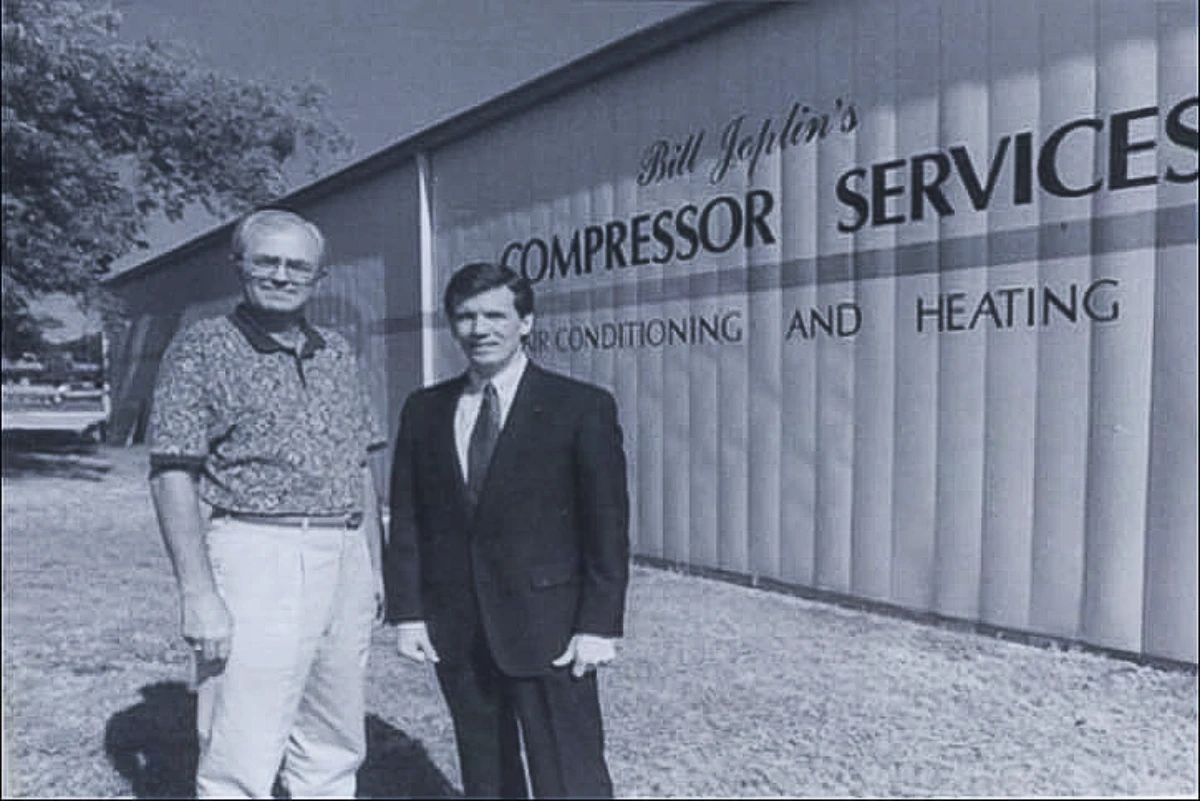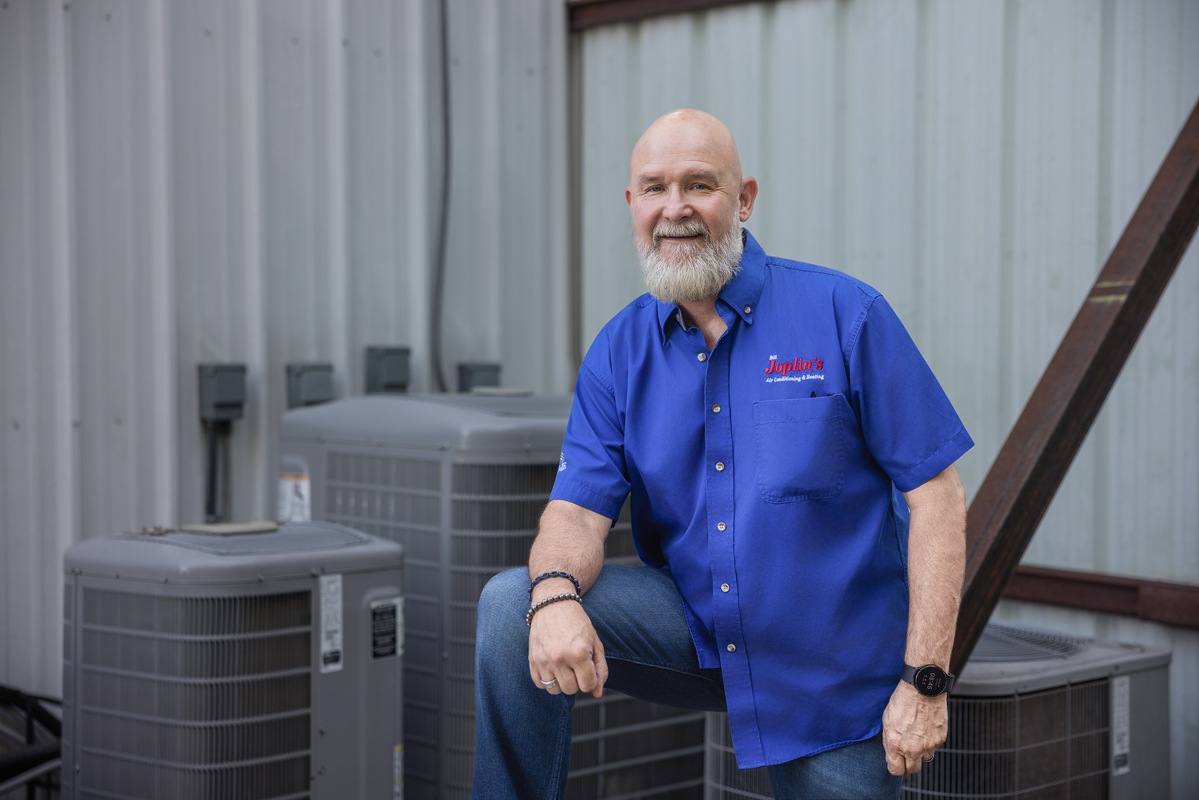The terms SEER, EER and COP may seem like a foreign language, but understanding these terms is crucial when it comes to purchasing your next air conditioning system. As you look for a new energy-efficient unit, these three terms can come in handy as you compare a wide variety of energy-saving A/C systems.
SEER, EER and COP: What’s in an Acronym?
- EER stands for Energy Efficiency Ratio, a ratio of output cooling energy (in British Thermal Units or BTUs) to electrical input energy (in watt-hours). This ratio is used to measure overall efficiency of A/C systems during the hottest expected temperatures. A higher EER equals greater efficiency and potential savings.
- SEER stands for Seasonal Energy Efficiency Ratio, used to represent a system’s efficiency over the course of a cooling season under varying temperatures. While all new A/C systems are required by the U.S. Department of Energy’s standards to achieve a minimum 13 SEER, some units offer SEER ratings of 20 and above for maximum energy efficiency.
- COP represents Coefficient of Performance, which measures a system’s power input compared to its power output. Like EER and SEER, a higher number equals greater efficiency. For example, an A/C system with a COP of four is capable of moving four watts of heat for every watt it consumes.
Depending on the type of A/C system you purchase, you’ll see EER and SEER ratings on the yellow Energy Guide label included with most new systems. You can also ask your contractor for expert recommendations on the best and most energy-efficient system that fits your home’s unique cooling requirements.
Contact the seasoned professionals at Bill Joplin’s Air Conditioning & Heating to learn more about SEER, EER and COP. Since 1978, we have helped countless homeowners in the McKinney, Frisco and Allen areas through prompt and reliable heating and cooling service.


